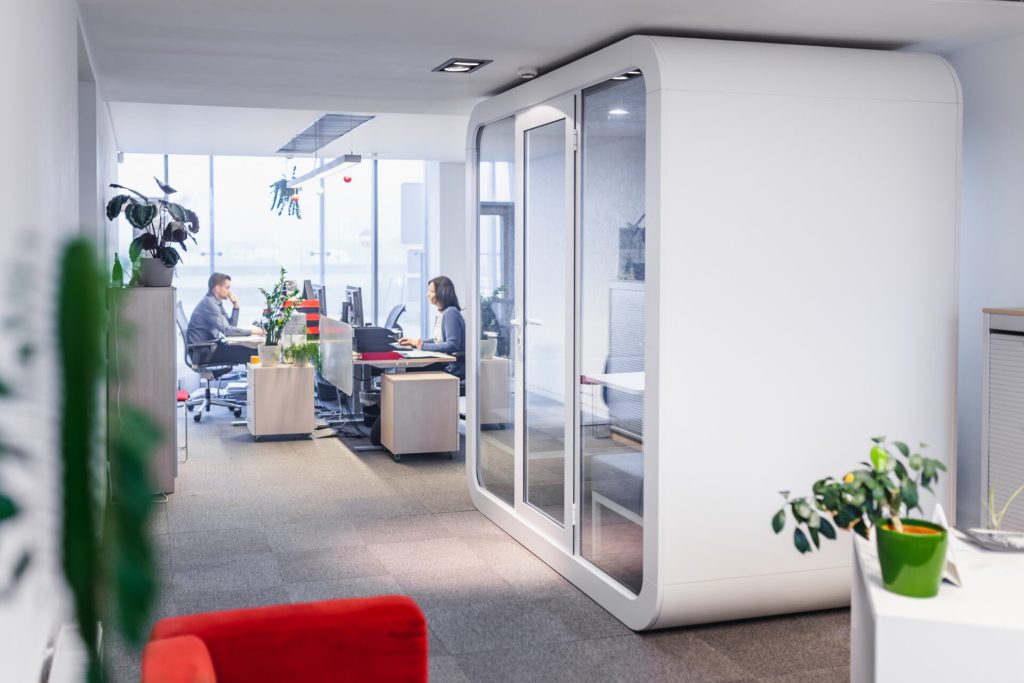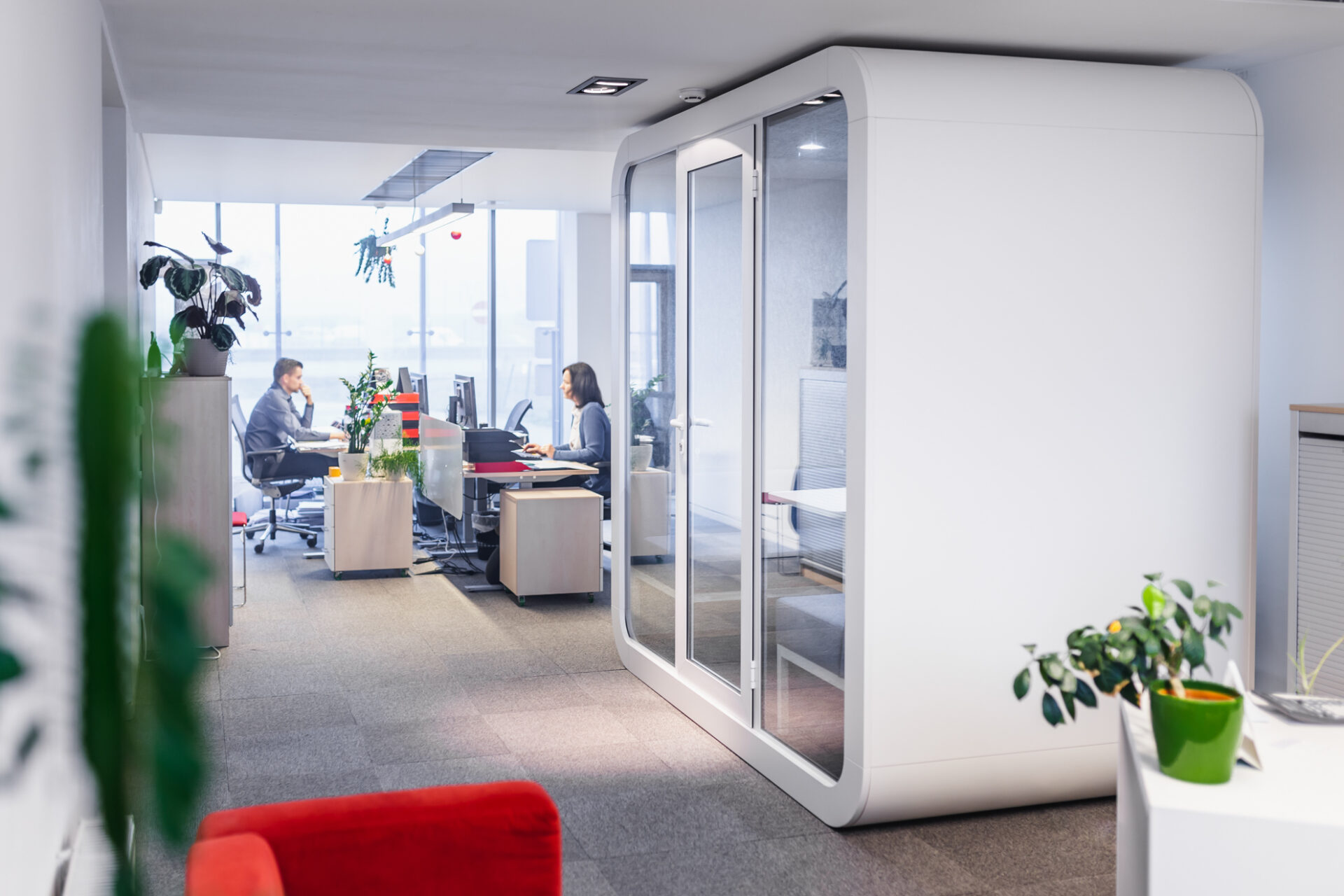Optimal office design
Mastering office interior design is more than just arranging furniture; it’s about creating a space that supports productivity, well-being and collaboration. A well-planned office design can transform the work environment and inspire better performance. Let’s dive into how to master the planning of your workspace.

1. Needs analysis: What does your team require?
First of all, it’s crucial to analyze the needs of the team that will work in the space. How do they collaborate? Do they need individual workstations or do they prefer open spaces? By understanding the dynamics of the team, you can customize the layout to meet their specific requirements.
2. Harness Natural Light: Create a Lively Atmosphere
Natural light has a profound impact on well-being and productivity. Place workstations close to windows to take advantage of daylight. Also consider implementing open spaces and glass walls to allow light to flow freely through the office and create a lively atmosphere.
3. Create Flexible Workspaces: Adapting to Today’s Demands
Modern work environments require flexibility. Create spaces that can be customized as needed. This can include flexible workstations, meeting areas and breakout zones. Flexible spaces allow employees to customize their workspace according to the task or workday at hand.
4. Ergonomics in Focus: Health and Productivity Go Hand in Hand
Ergonomics is crucial for employee health and productivity. Invest in ergonomic furniture such as height adjustable desks and adjustable chairs. This not only improves work comfort, but also reduces the risk of work-related injuries and increases employee productivity.
5. Create Collaborative Zones: Promote Collaboration and Creativity
Collaborative zones are at the heart of modern office layouts. Create areas that encourage collaboration and creativity. This can be anything from open meeting rooms to more relaxed lounge-like areas. Inspiring environments encourage the exchange of ideas and innovation.
6. Technology Integration: Future-proof your office
Integrate technology into office design to future-proof your workplace. Think about the need for power outlets, charging stations and wireless technology. A well-equipped technological environment facilitates communication and collaboration.
7. Green Elements: Improving Wellbeing and Air Quality
Integrating plants and other green elements into the office can improve wellbeing and air quality. Green spaces not only create a more pleasant working environment, but also have a positive impact on employees’ mental wellbeing.
Final Thoughts:
Mastering office design is a continuous process. By taking into account team needs, natural light, flexibility and technology integration, you can create a workspace that inspires and empowers. Don’t forget to listen to employee feedback and be open to adjustments. A well-planned office is not only an investment in productivity, but also in employee wellbeing and job satisfaction.
Contact our team of office interior design experts to discuss your new office!

